Description
The Artistic Techniques and Symbolism of Ancient Russian Icons: Exploring Tempera on Wood
The Artistic Techniques and Symbolism of the Ancient Russian Icon: Exploring Tempera on Wood
In the realm of religious art, ancient Russian icons stand as a testament to the spiritual devotion and artistic skill of their creators. These sacred images, often crafted with tempera on wood, are not merely decorative pieces but are imbued with profound symbolism and serve as conduits for the veneration of the divine. Among these, an icon represented in seven parts featuring Saint George, Thaumaturgos, and the Virgin of Kazan, exemplifies the intricate interplay of artistry and spirituality that characterizes this venerable tradition.
The technique of using tempera, a mixture of colored pigments with a binding medium such as egg yolk, has been a cornerstone of iconography since ancient times. This medium endows the icons with a luminous quality that seems to emanate an inner light, symbolizing the divine truth shining through the saints and holy figures depicted. The meticulous application of tempera on wood requires patience and precision, as the artist builds up layers of color to achieve both vibrancy and depth. The result is a visual narrative that is both ethereal and enduring, capable of withstanding the passage of time.
The wooden panels chosen for these icons are not arbitrary substrates but are integral to the icon’s spiritual resonance. Wood, a natural and living material, is carefully prepared, sanded, and often covered with a linen cloth before receiving layers of gesso—a white, chalky base that provides a smooth surface for painting. This preparation symbolizes the purification process that readies the soul to receive divine wisdom. The wood’s organic nature also reminds the faithful of the Incarnation, the moment when the divine took on a tangible, earthly form.
The icon represented in seven parts is a composite work, a sacred collage that tells multiple stories and venerates several figures. Saint George, the dragon-slayer, is often depicted in the throes of battle, a symbol of the triumph of good over evil. His image serves as a reminder of the courage and steadfastness required to uphold one’s faith in the face of adversity. Thaumaturgos, known for his miracles, represents the mysterious and transformative power of faith, a beacon of hope for those seeking divine intervention.
The Virgin of Kazan, one of the most revered icons in Russian Orthodoxy, occupies a central place in this assemblage. Her compassionate gaze and protective embrace of the Christ Child evoke a sense of maternal care and intercession. The icon’s presence in a home or church is believed to bring blessings and protection, a tangible reminder of the Virgin’s enduring love and mercy.
The arrangement of these figures in a seven-part icon is significant, as the number seven holds deep spiritual meaning within Christian symbolism, often representing completeness and perfection. The icon’s structure invites contemplation and prayer, guiding the viewer through a visual pilgrimage that mirrors the journey of the soul towards divine understanding.
In conclusion, the ancient Russian icon made in tempera on wood is not merely a relic of the past but a living artifact that continues to inspire and guide the faithful. Its creation is a sacred act, a fusion of artistic technique and spiritual symbolism that transcends the boundaries of time. Through the veneration of figures like Saint George, Thaumaturgos, and the Virgin of Kazan, these icons serve as windows into the divine, offering a glimpse of the eternal through the lens of sacred art.
The Seven-Part Icon: A Window into the Sacred Narratives of Saint George, Thaumaturgos, and the Virgin of Kazan
In the realm of religious art, few pieces carry the same spiritual gravitas and historical significance as the ancient Russian icons. These sacred images, often made in tempera on wood, are not merely artistic expressions but are considered windows into the divine, serving as focal points for prayer and contemplation. Among these, the seven-part icon stands out as a composite work of profound theological depth, weaving together the narratives of Saint George, Thaumaturgos, and the Virgin of Kazan into a tapestry of faith and devotion.
The technique of tempera, wherein pigments are mixed with a binder such as egg yolk, has been a staple in the creation of icons for centuries. This medium, known for its durability and vibrant colors, allows the sacred images to endure the passage of time, preserving their message and beauty for future generations. The wooden panels, carefully selected and prepared, provide a sturdy canvas that becomes imbued with sanctity as the artist’s hand renders the holy figures upon it.
At the heart of the seven-part icon is the central image of Saint George, the revered martyr and dragon slayer. His depiction is not merely an illustration of a legend but a symbol of the triumph of good over evil, of faith overcoming adversity. Saint George’s narrative resonates with the faithful as an embodiment of courage and righteousness, his icon serving as a beacon of hope and protection.
Transitioning from the valorous exploits of Saint George, the iconography shifts to the figures of the Thaumaturgos, or miracle workers. These saints, known for their extraordinary deeds and intercessions, are venerated for their close connection to the divine and their ability to channel God’s grace into the world. Their presence in the icon underscores the belief in the active and compassionate involvement of the saints in the lives of the faithful, offering solace and guidance to those who seek their aid.
Moreover, the inclusion of the Virgin of Kazan in this seven-part iconography adds a layer of maternal tenderness and national pride. The Virgin of Kazan is one of the most cherished representations of the Mother of God in Russian Orthodoxy, celebrated for her miraculous appearances and the protection she has historically provided to the Russian people. Her serene countenance and loving gaze invite contemplation and prayer, reinforcing the icon’s role as a spiritual conduit between the earthly and the heavenly.
The seven-part icon, with its multiple panels, invites the viewer to engage in a visual pilgrimage, moving from one holy figure to the next, each part contributing to a holistic spiritual narrative. The interplay of the images encourages a meditative journey through the lives and virtues of these revered figures, deepening the viewer’s understanding and connection to the divine.
In essence, the seven-part icon is not just a religious artifact but a living tradition that continues to inspire and edify. It encapsulates the essence of the Orthodox faith, where art and spirituality are inextricably linked, and where every brushstroke is an act of worship. As a testament to the enduring legacy of these sacred narratives, the icon remains a cherished treasure, a source of inspiration, and a solemn reminder of the timeless truths it represents.
In conclusion, the seven-part icon of Saint George, Thaumaturgos, and the Virgin of Kazan is a masterpiece of religious art that transcends time and culture. It stands as a testament to the power of sacred imagery to convey profound spiritual messages and to connect the faithful with the divine. Through its enduring presence, the icon continues to offer a window into the sacred, inviting all who gaze upon it to enter into a deeper communion with the mysteries of faith.
The Cultural and Religious Significance of Multi-Panel Icons in Russian Orthodoxy
In the rich tapestry of Russian Orthodoxy, icons are not merely religious artifacts; they are a profound expression of faith and a testament to the enduring spiritual heritage of the Russian people. The ancient Russian icon, crafted with tempera on wood and represented in seven distinct parts, featuring Saint George, Thaumaturgos, and the Virgin of Kazan, is a quintessential example of this sacred art form. This multi-panel icon is not only a visual narrative of holy figures but also a spiritual conduit for the devout, bridging the celestial and the terrestrial.
The use of tempera, a medium where pigments are mixed with a binder such as egg yolk, has been a traditional technique in iconography for centuries. This method imparts a luminous quality to the icons, allowing them to endure both physically and spiritually through the ages. The wooden panels, carefully selected and prepared, serve as the foundation for these divine images, each panel representing a chapter in a larger spiritual story.
Saint George, depicted in one of the panels, is revered as a symbol of valor and the triumph of good over evil. His representation in Russian iconography is particularly significant, as it embodies the virtues of courage and faith that are central to the Orthodox tradition. The image of Saint George slaying the dragon is not just a depiction of a legend; it is an allegory of the Christian’s struggle against sin and the promise of salvation.
Similarly, Thaumaturgos, known as the Wonderworker, is celebrated for his miraculous deeds and his unwavering commitment to God’s will. His presence in the icon serves as a reminder of the power of faith and the possibility of divine intervention in the lives of the faithful. The inclusion of Thaumaturgos in this multi-panel icon underscores the belief in the sanctity of the saints and their role as intercessors between the divine and the human realms.
The Virgin of Kazan, another central figure in this icon, holds a special place in the hearts of the Russian Orthodox community. As a symbol of protection and maternal care, the Virgin of Kazan is often turned to in times of need and is considered a guardian of the Russian land. Her serene countenance and tender embrace of the Christ Child evoke a sense of peace and divine love, reinforcing the intimate relationship between the divine and the faithful.
The multi-panel format of this ancient icon is particularly significant in the context of Russian Orthodoxy. Each panel is not only a standalone piece but also part of a greater whole, much like the interconnectedness of the saints and the faithful within the body of the Church. The arrangement of the panels invites contemplation and prayer, guiding the viewer through a spiritual journey that transcends time and space.
Moreover, the cultural and religious significance of such icons extends beyond their aesthetic and devotional aspects. They are historical documents that offer insights into the theological and artistic developments of their time. The iconography reflects the doctrinal beliefs, while the style and technique provide clues to the socio-cultural milieu in which the icon was created.
In conclusion, the ancient Russian icon made in tempera on wood and represented in seven parts is a sacred mosaic of faith, history, and art. It encapsulates the essence of Russian Orthodoxy, where each brushstroke is a prayer, and every image is a window into the divine. As the faithful stand before this icon, they are reminded of the enduring presence of Saint George, Thaumaturgos, and the Virgin of Kazan in their spiritual lives, and the unbroken chain of tradition that these holy images represent.
Size: 15″ x 13″ / 38 x 33cm
Shipped to you direct from Israel.
Zak’s Antiquities is the website of Zak’s fine art and antiquities. Located on the Christian Quarter road in Jerusalem’s Old City. The shop began in 1964 and has remained as a family owned and operated business till this day. For the past 50 years Zak’s Antiquities has sold ancient coins, antiquities and art authentic to Israel and Jerusalem.


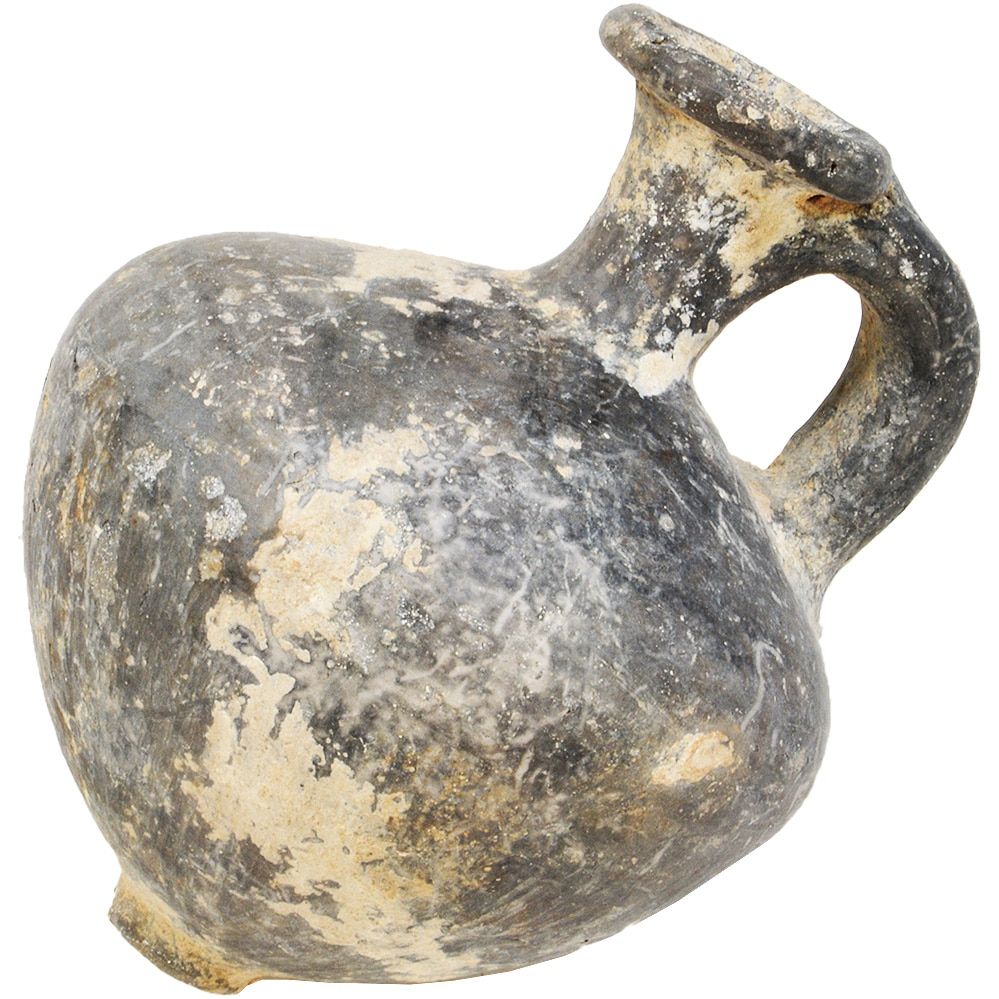
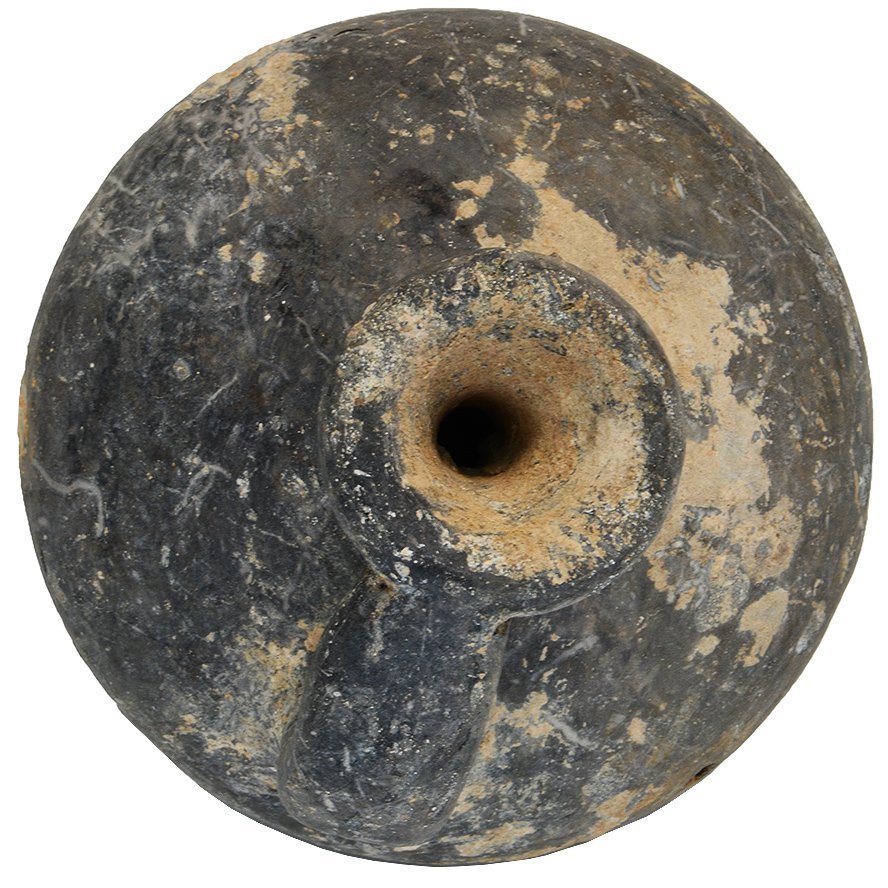
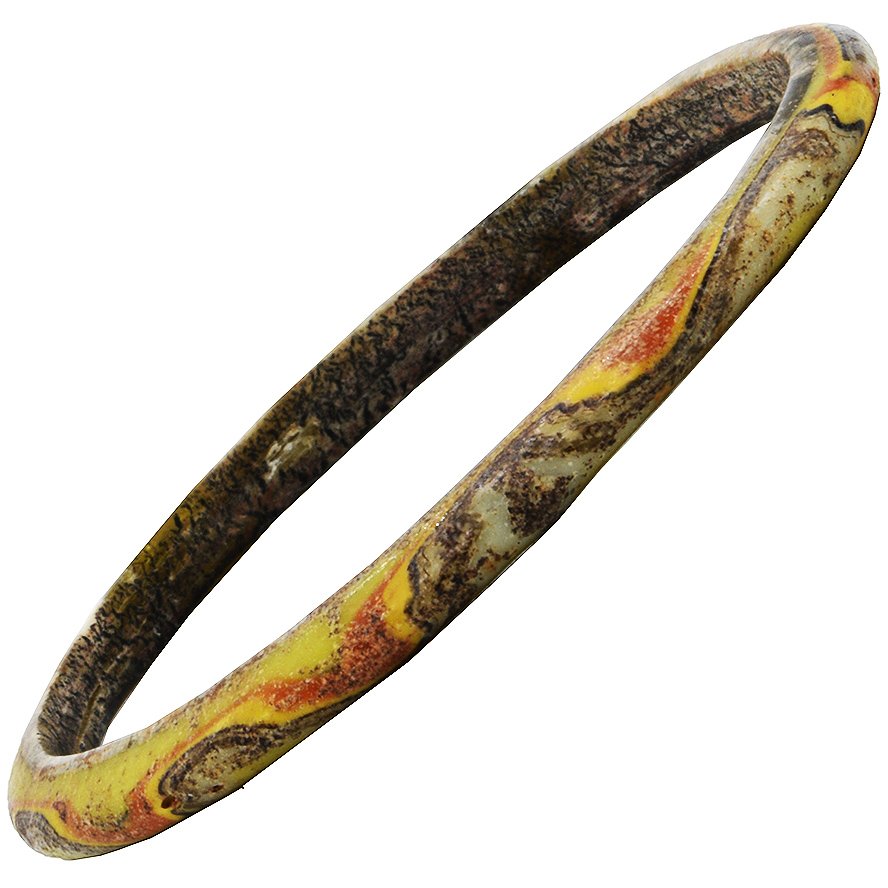
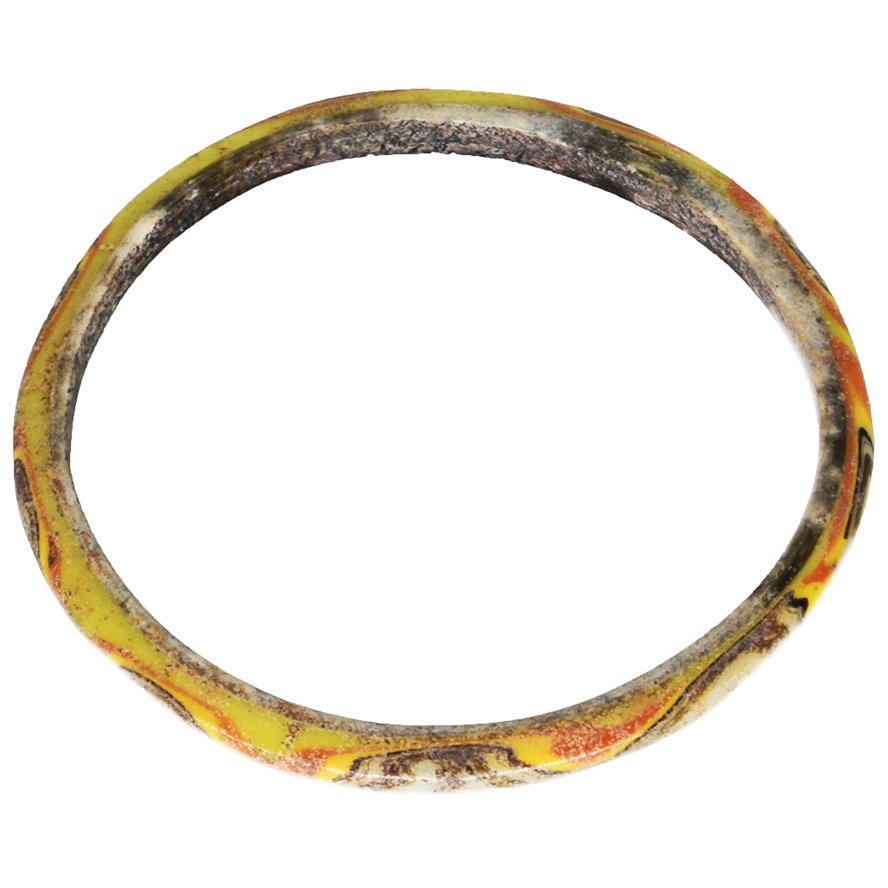
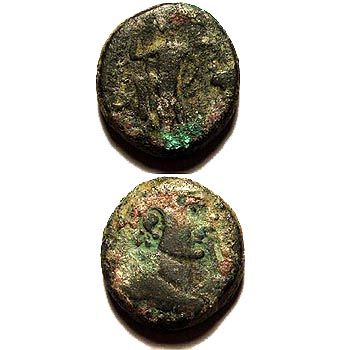
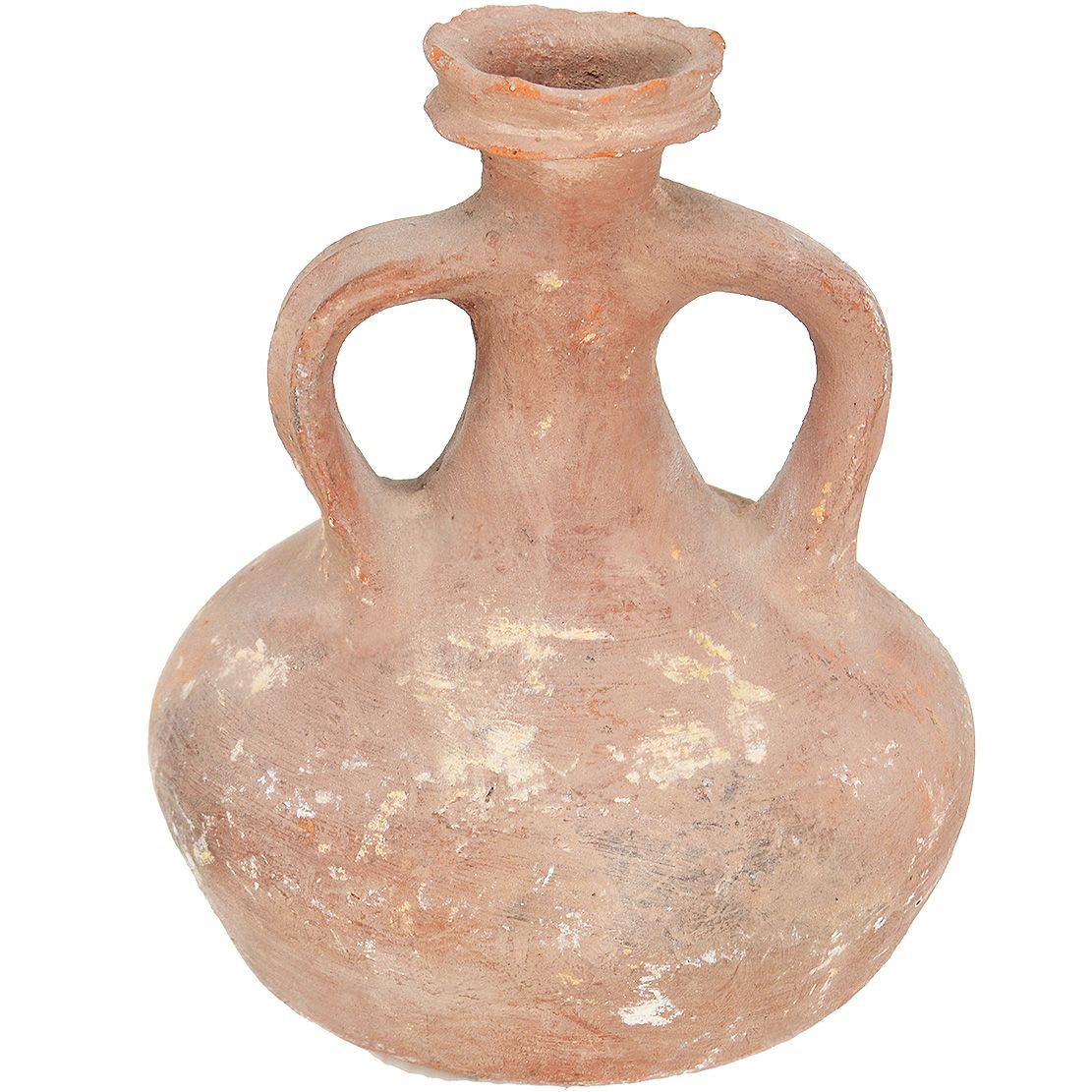
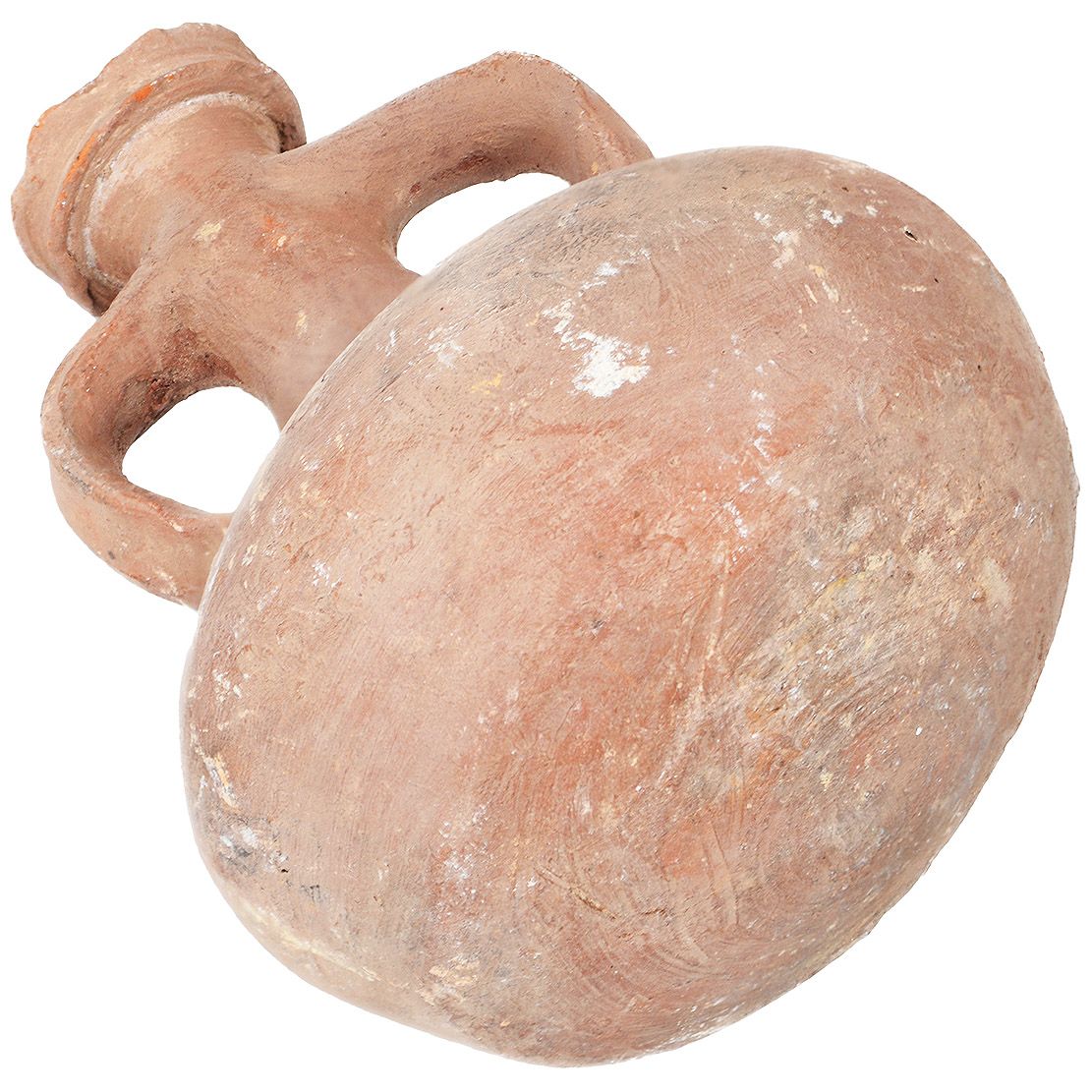
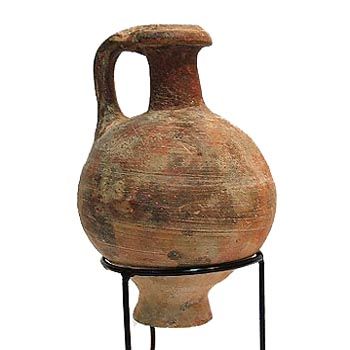
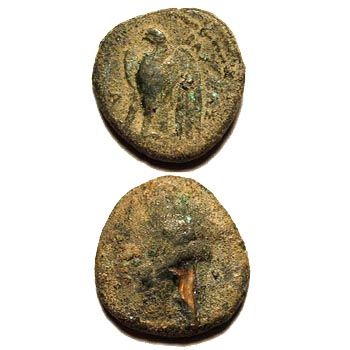
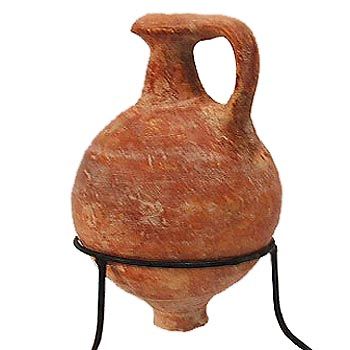
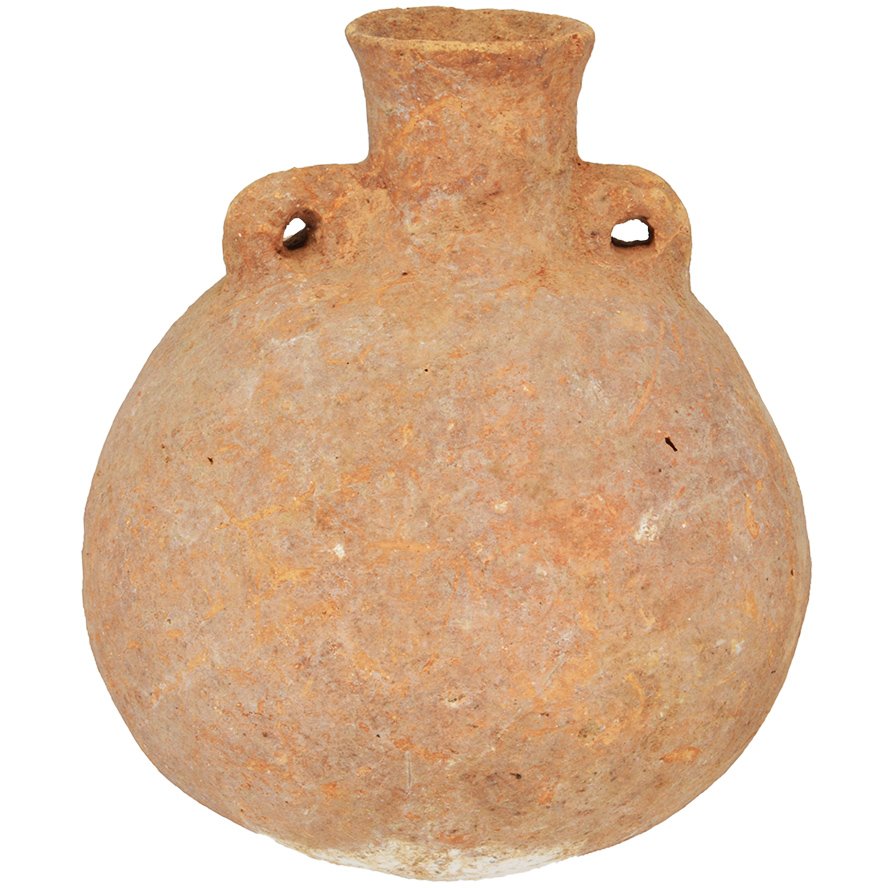
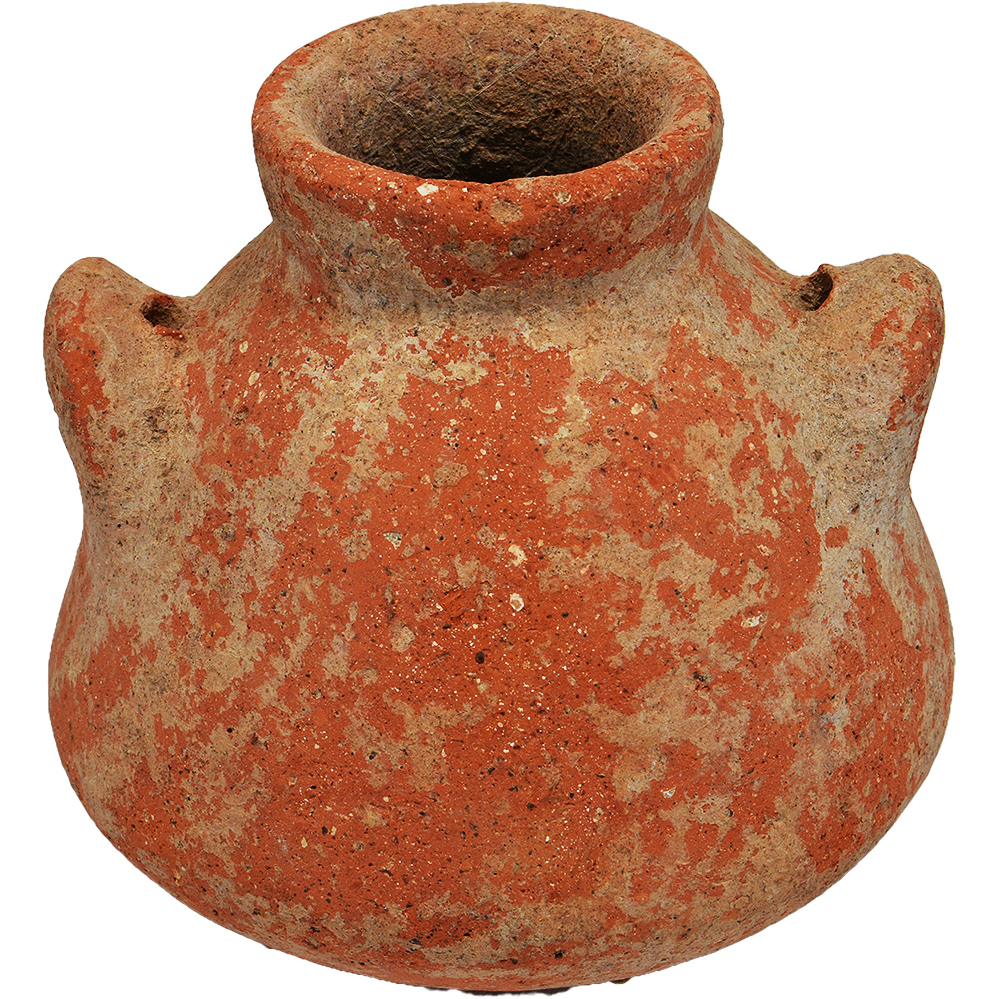
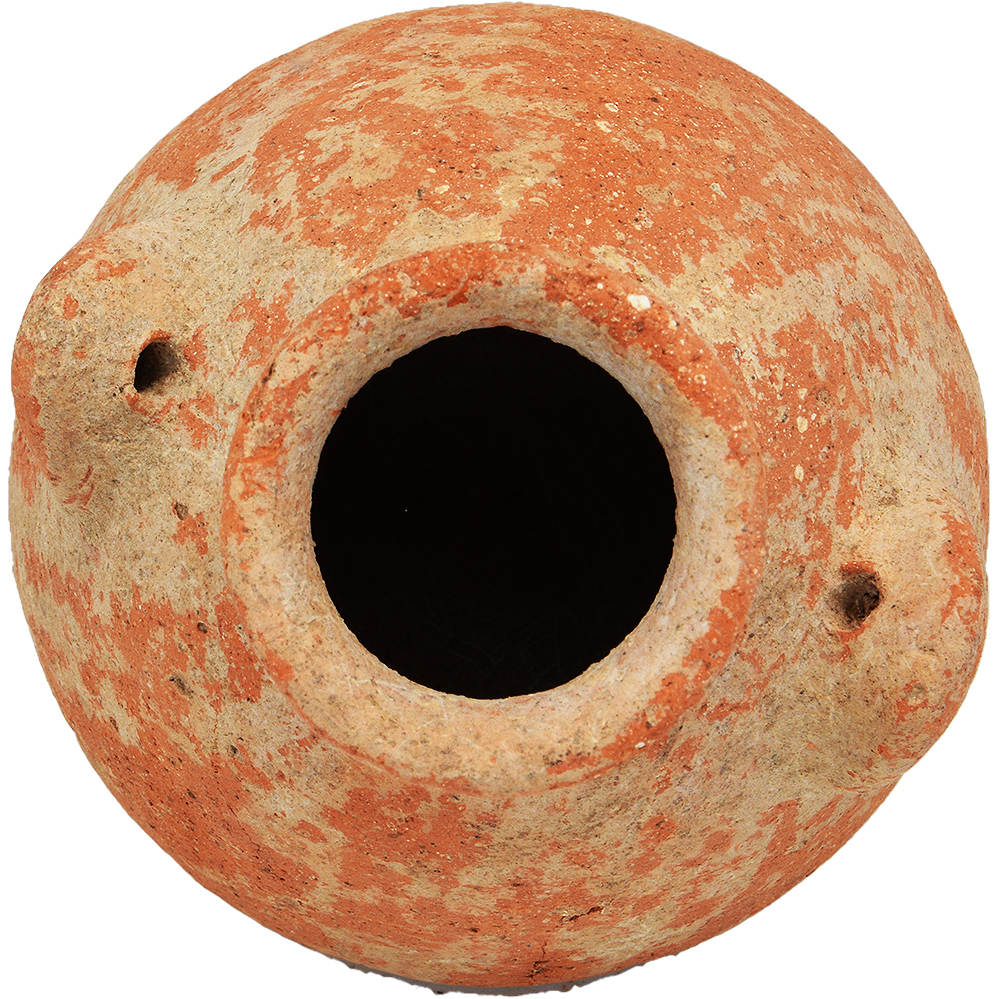
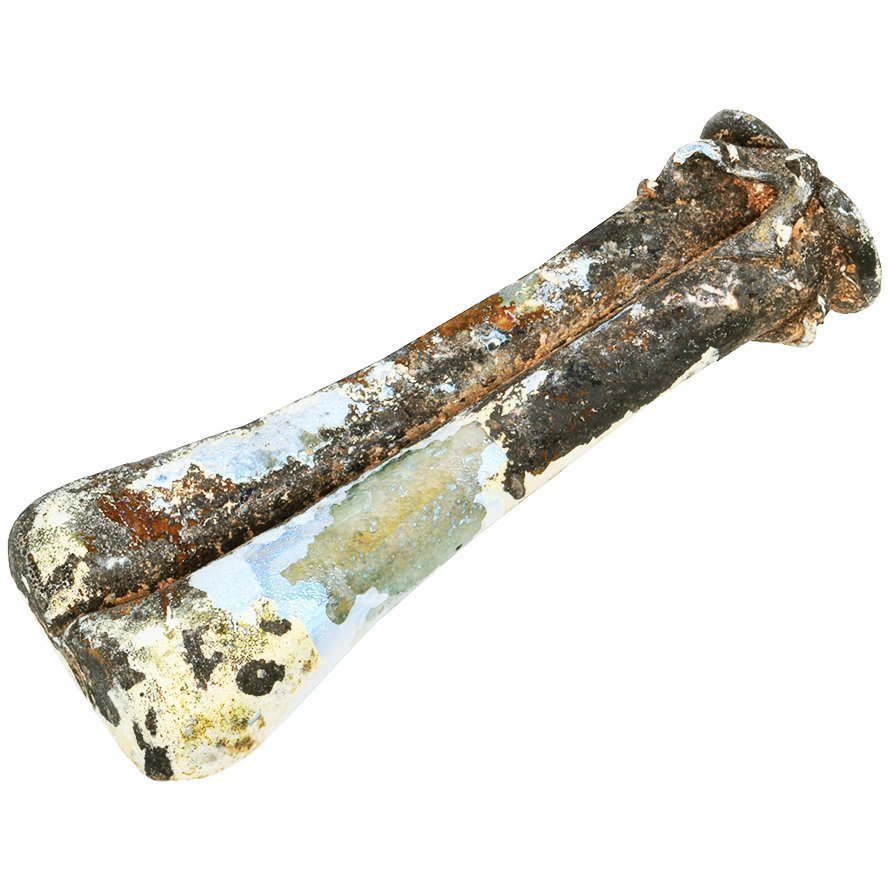
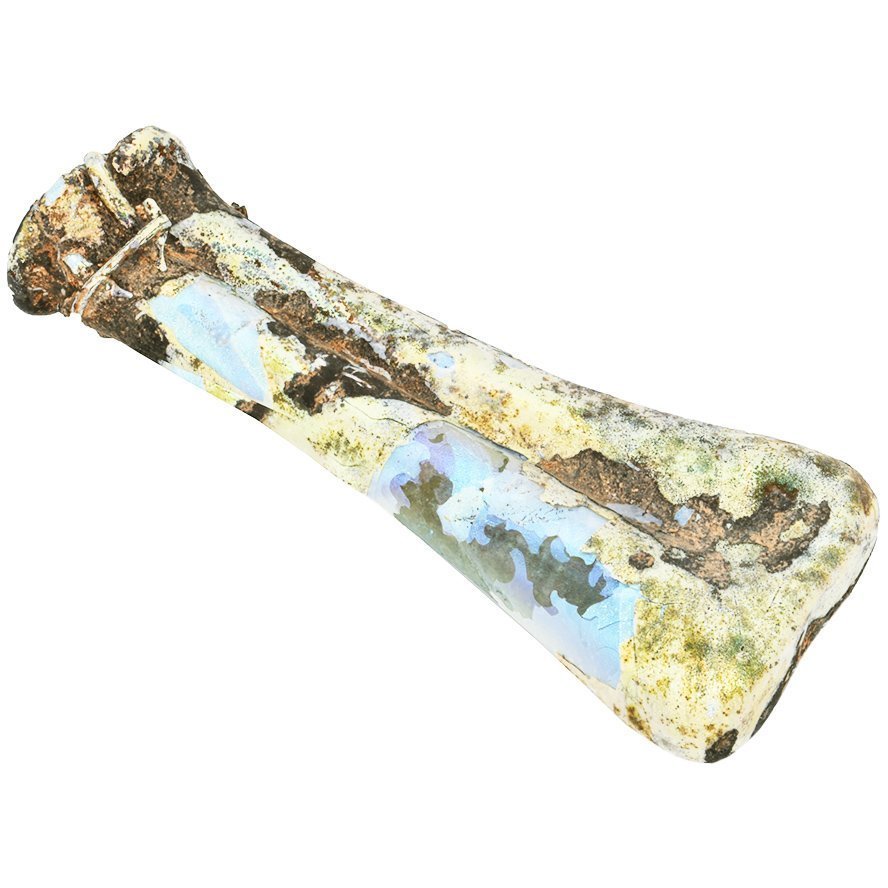
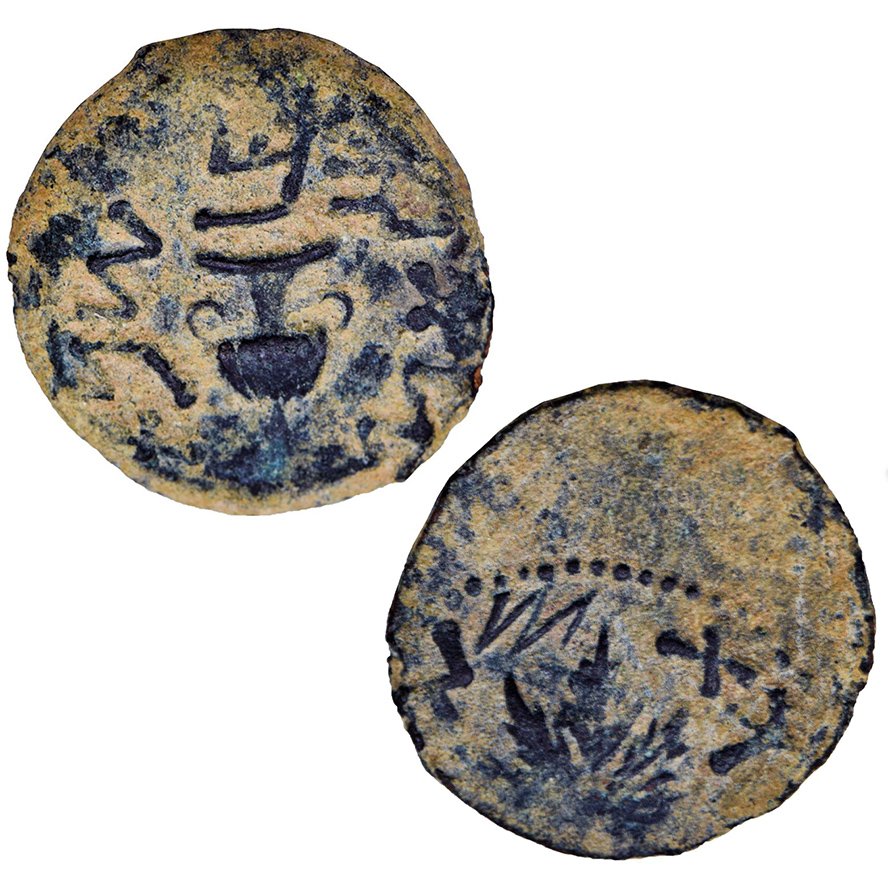
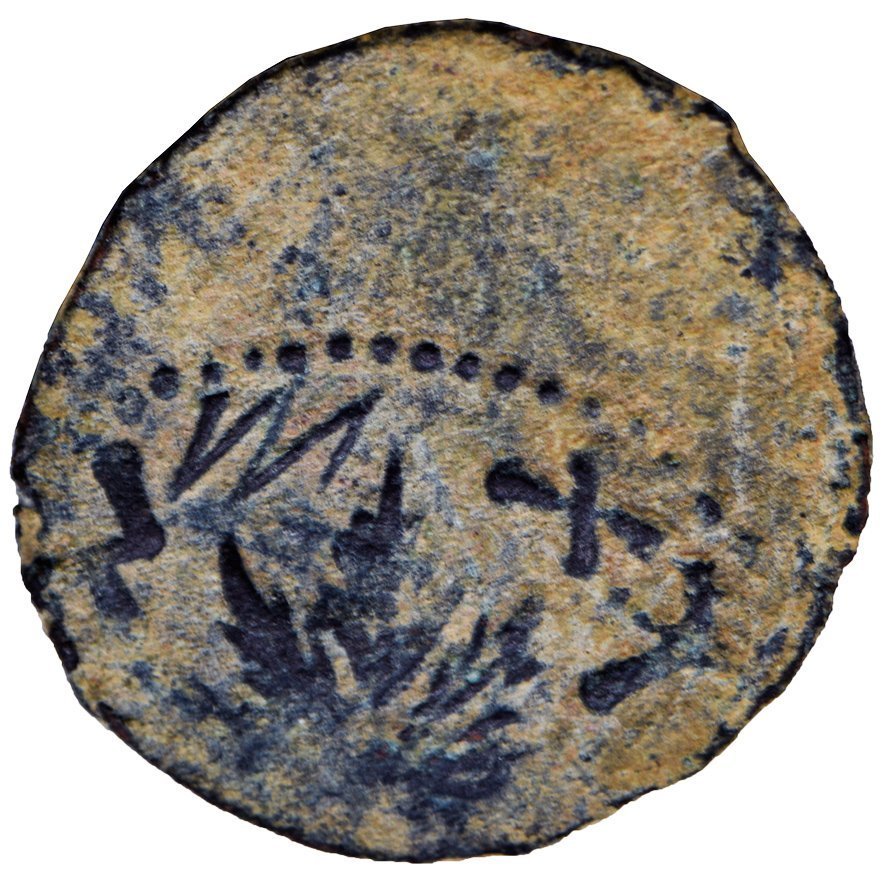
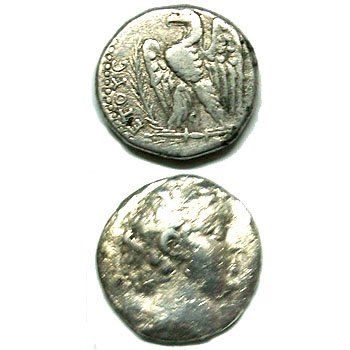
Reviews
There are no reviews yet.